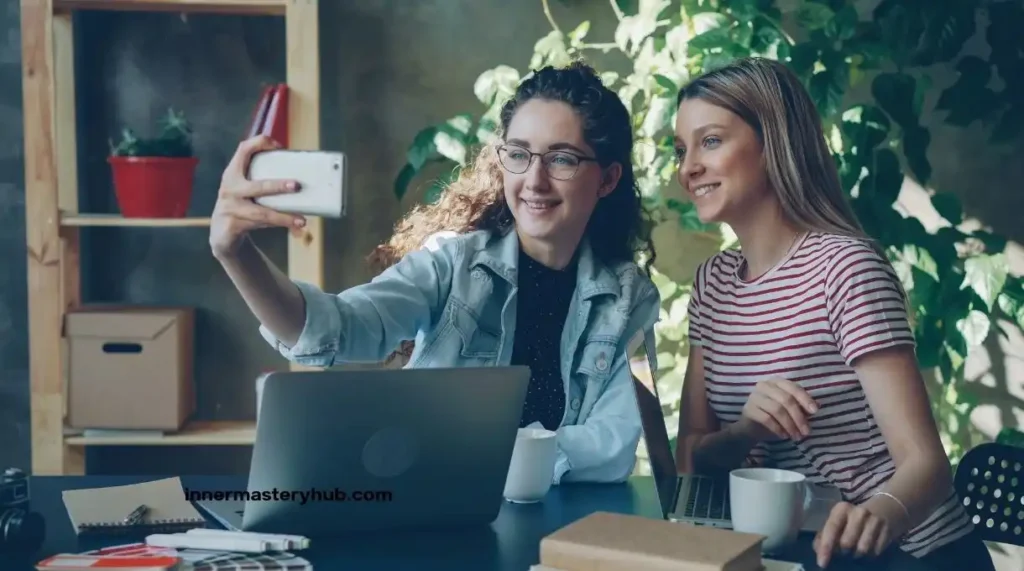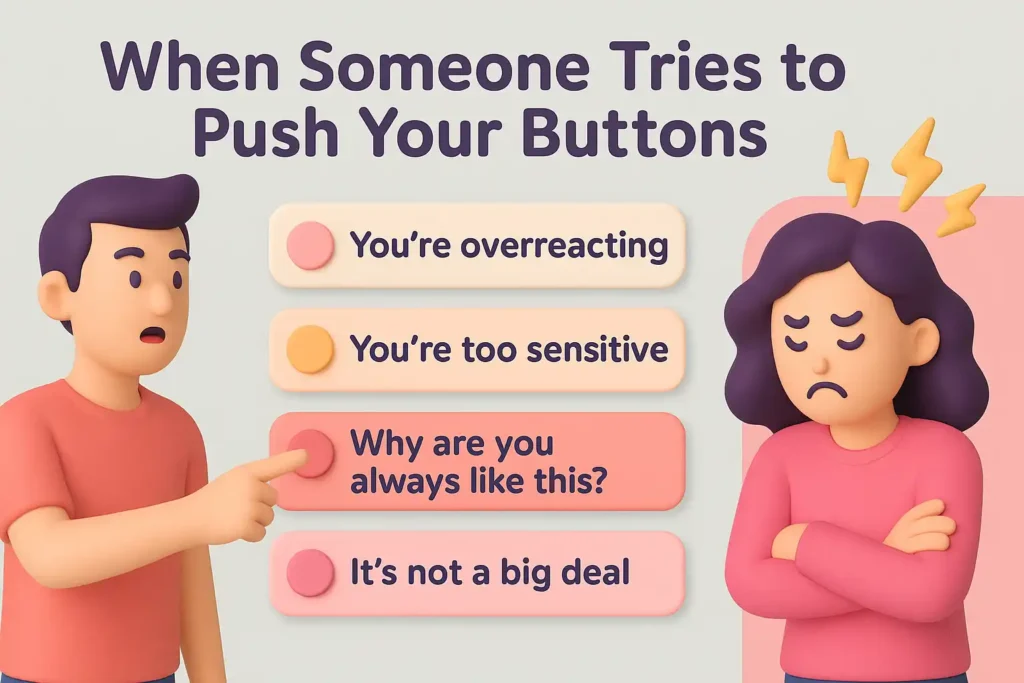8 Innovative Teaching Methods for Today’s Classrooms

When the ancient Egyptians first started thinking about teaching their children to read and write around 3000 B.C.E., they must never have felt in a million years that classrooms would turn out this way. Teaching is one of the oldest professions, but it’s also rapidly changing. The chalkboards and rote learning of the past are no longer fit for purpose.
The generation of today’s students grew up surrounded by information and technology that has become the very core of their being. These old methods, however, no longer succeed in today’s teaching situations because they do not help the presenter engage the audience or adequately prepare them for the modern, complex challenges in contemporary classrooms.
This blog post discusses innovative methods that transform the educational landscape, making learning exciting, relevant, and effective. Do you want to find out how the classroom will evolve? Dive in below to see more about it.
The Need for Innovation in Education
Let’s face it: the world has changed dramatically. Students today learn and process information differently from previous generations. While precise statistics on the overall decline of traditional methods are hard to pinpoint (as different techniques are used in other contexts), studies consistently show a need for change.
Adapting to this new reality is the call. Students must learn actively, not passively absorb information. They are active participants in collaborative, practical, and personal learning experiences. Innovative teaching methods respond to these needs. They increase student engagement, leading to better understanding and higher test scores.
Many students are opting for flexible learning options to really do well in this new terrain. To learn in a customized, highly engaging way, explore online education programs. Such courses and programs often include some or all of the following creative techniques, which make this an effective way to academic success.
Personalized Learning
This has given rise to a kind of personalized education in which tailored learning aligns with a specific learner’s preferred learning Mode, needs, and pace. By leveraging technology to track student data and overall performance at a given term or year of study, customized content can be generated in conjunction with numerous other learning aids.
Personalized learning ensures that the students work on their respective strengths and weaknesses. This provides a better attentive and enthusiastic learning environment. In totality, it enhances the understanding and mastery of subjects with a well-balanced pace for each learner.
Gamification in Education
Gamification is the application of game design principles to a learning process, making it much more engaging and interactive for education. It entails elements such as points, rewards, and competitions to help students feel inspired and improve their outcomes.
Gamification increases students’ motivation and involvement, making learning more enjoyable and participative. It will stick in one’s memory much longer because learning has turned into an exciting challenge.
For educators looking to take their teaching skills abroad, securing the right opportunity can be a game-changer. Whether you’re drawn to international schools or programs that support cultural exchange, it’s essential to find positions that offer the proper support.
One of the most efficient ways to explore global teaching roles is to find teacher visa sponsorship on Jooble, where curated listings help streamline your job search and match you with schools that value your expertise.
Project-Based Learning (PBL)
Project-Based Learning (PBL) enables students to engage in solving real-world problems or projects over an extended period of time, so they can learn more deeply and practically apply the knowledge.
PBL helps improve critical thinking and teamwork, as well as develop problem-solving skills that create relevant learning. Such educational experiences tend to be highly engaging because they improve students’ application of knowledge in everyday contexts in which they interact with their surroundings.
Flipped Classroom
Another trend in education that is revolutionizing learning is the flipped classroom. This approach reverses the traditional model of teaching methods. The student is introduced to new content outside the classroom, such as videos or reading materials, and classroom time is then dedicated to discussion, problem-solving, and hands-on activities.
The flipped classroom fosters greater engagement in class, as students come prepared and are more focused on critical thinking and collaboration.
Experiential Learning
Experiential learning is a method in which students learn by doing. Whether through labs, fieldwork, or simulations, the kids learn the material by engaging with it and relating it to their learning process, making the entire experience more sensory and effective.
This method encourages learning by doing, leading to better comprehension of a topic as students apply theoretical knowledge to real-world situations, thereby enhancing retention and critical thinking.
Multimedia and Interactive Content
Using multimedia, interactive content, and teaching methods has been a recent trend. An integrated educational process, using videos, animations, and interactive quizzes, increases interaction between the educational model or lecture and more interactive models, involving combinations of auditory and visual elements as well as hands-on experience.
Retention and comprehension increase when using an interactive approach rather than passive lecturing, as it better appeals to various learning styles.
Global Education and Cultural Competency
The wave of globalization and cultural competence is coming into classrooms. Students learn about diverse cultures and global issues through this approach, fostering greater understanding of the world and empathy.
A significant advantage is that students would become more culturally aware and internationally oriented, and thus well prepared for success in a rapidly interconnected world.
Critical Digital Literacy
Critical digital literacy is increasingly being adopted as a standard requirement in education to “evaluate online information, understand digital footprints, navigate internet complexity” in the present digital world.
One benefit is that this method equips students with the basic skills to distinguish between credible sources and misinformation, ensuring that responsible digital citizens are well-informed.
In conclusion, innovative teaching methods would be helpful in today’s class, helping students develop more deeply in today’s world. For education systems to transform completely, there needs to be a significant change that ensures a bright future.






